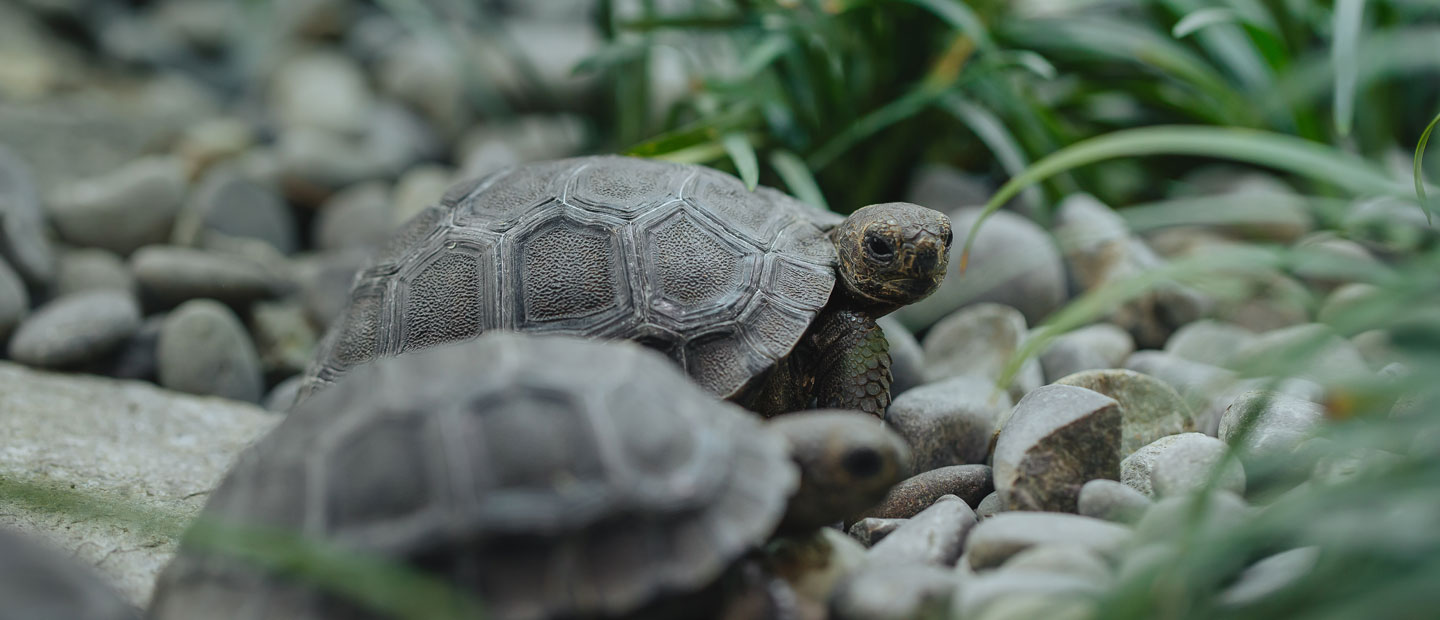When caring for a species as long-lived as the Galápagos tortoise – the oldest on record reached 175 years –everything is protracted! After a clutch of eggs was carefully excavated from a nest site within the tortoise habitat, a 110-day artificially-controlled incubation ensued to give this endangered species the best chance of a successful hatch.
Every egg is treated as though it may hatch, so is taken to an incubator and given all the things these eggs need to hatch successfully – moist substrate, high humidity and a stable temperature of around 30 degrees Celsius, a temperature likely to influence the development of the eggs to be female – important for the breeding programme.


